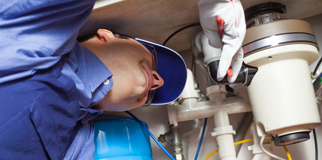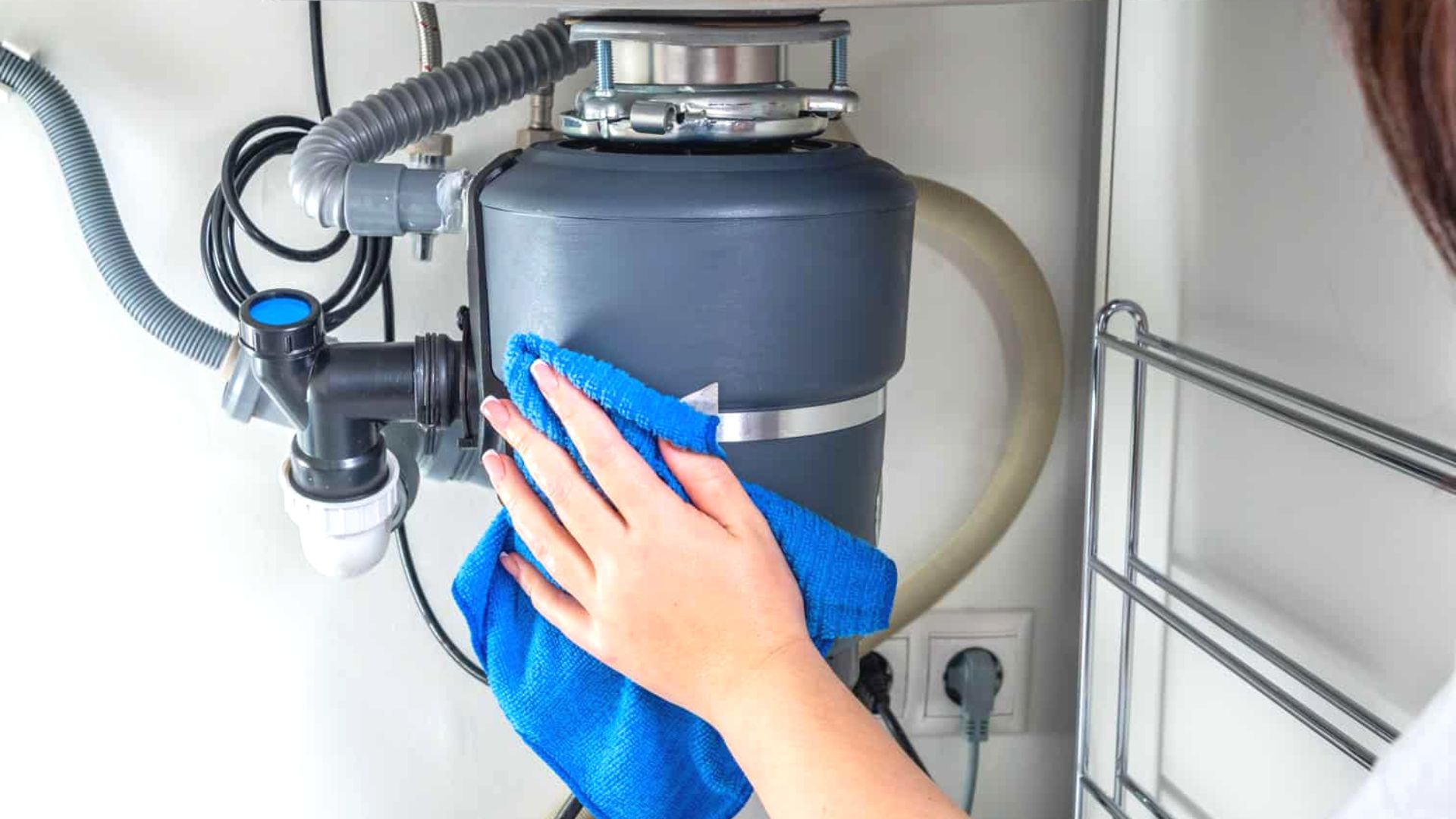Straightforward Steps to Stop a Leak in Your Garbage Disposal
Straightforward Steps to Stop a Leak in Your Garbage Disposal
Blog Article
Just how do you really feel when it comes to Why Is ?

Waste disposal unit are necessary kitchen area appliances that aid in throwing away food waste effectively. However, a leaking garbage disposal can be a discouraging and unpleasant issue to manage. Luckily, many leakages can be dealt with quickly with a few easy actions. In this short article, we will go over how to repair a leaking garbage disposal efficiently.
Introduction
Waste disposal unit are set up under cooking area sinks and are designed to shred food waste into smaller pieces, enabling it to pass through the plumbing system conveniently. While these devices are typically reputable, leakages can happen over time as a result of wear and tear, loose links, or damage to the system.
Common Causes of Leakages in Rubbish Disposals
Worn Seals and Gaskets
Seals and gaskets play a crucial role in avoiding water from dripping out of the garbage disposal. With time, these components can wear away, causing leakages around the disposal unit.
Loose Connections
The connections between the garbage disposal and the plumbing system can become loosened in time, causing water to leakage out throughout procedure.
Cracks or Holes in the Disposal Device
Physical damage to the waste disposal unit, such as splits or openings in the housing, can also cause leaks.
Identifying the Source of the Leakage
Before trying to take care of a leaking garbage disposal, it is vital to recognize the source of the leak. This can normally be done via aesthetic assessment or by performing straightforward tests.
Visual Evaluation
Inspect the waste disposal unit device very carefully for any kind of indicators of water leakage. Pay attention to locations around seals, gaskets, and connection factors.
Testing for Leakages
One means to test for leakages is by running water with the disposal unit and looking for any visible indications of leak.
Tools and Products Needed for Repairing a Leaking Garbage Disposal
Before starting the repair procedure, gather the essential devices and materials, consisting of a screwdriver, adjustable wrench, plumbing technician's putty, replacement seals or gaskets, and epoxy or patching product for fixing cracks or openings.
Step-by-Step Guide to Taking Care Of a Dripping Waste Disposal Unit
Turn Off the Power
Prior to trying any kind of repair work, ensure that the power to the garbage disposal unit is turned off to stop the risk of electric shock.
Situate the Leakage
Identify the precise area of the leakage and determine the cause.
Tighten Connections
Utilize a wrench to tighten up any kind of loosened connections between the disposal unit and the plumbing system.
Change Seals or Gaskets
If the leak is because of worn seals or gaskets, eliminate the old elements and replace them with brand-new ones.
Patching Splits or Holes
For fractures or holes in the disposal device, use epoxy or a suitable patching material to secure the damaged location.
Testing the Garbage Disposal After Repair Work
When the repair service is full, test the waste disposal unit by running water through it to ensure that the leak has actually been resolved.
Preventive Maintenance Tips to Prevent Future Leaks
To avoid future leaks, it is vital to execute routine maintenance on your waste disposal unit. This consists of keeping it tidy, preventing putting non-food things or tough objects down the disposal, and occasionally looking for leakages or various other issues.
Verdict
To conclude, fixing a dripping garbage disposal is a reasonably straightforward procedure that can be finished with standard devices and materials. By following the actions described in this article and exercising preventive maintenance, you can maintain your garbage disposal in good working condition and prevent costly fixings in the future.
HERE’S HOW TO FIX YOUR GARBAGE DISPOSAL
WHAT TO DO IF SOMETHING IS STUCK IN YOUR GARBAGE DISPOSAL
If the impeller won’t turn, there’s probably something stuck in the disposal. It could be a steak bone or peach pit, although plumbers report pulling all sorts of inappropriate objects out of disposals, such as bottle caps or aluminum foil. Make sure power to the disposal is off, and look inside to see if you can see the source of the jam.
Never stick your fingers in a disposal. Pull out anything you see with tongs or pliers.
If the disposal still won’t work, it may be time to call a plumber or consider buying a new disposal. GEM Plumbing & Heating is here for all of your garbage disposal needs.
WHAT TO DO IF YOUR GARBAGE DISPOSAL DRAIN IS CLOGGED
Take everything out from underneath your sink and put a bucket or other container under your disposal to catch any water that drains out. Disconnect your disposal from the power supply. If it’s plugged into a wall outlet, unplug it. If it’s hardwired into an electrical box, go to the electrical panel and turn off the breaker for the disposal. Pour ¼ cup of baking soda into the drain, followed by ½ cup of white vinegar. Give the solution a few minutes to fizz and do its work. Look into the disposal with a flashlight to see if you can see an object that might be causing the clog. If you see it, remove it using tongs or pliers. MORE TIPS ON DEALING WITH A CLOGGED GARBAGE DISPOSAL
Never use drain cleaner in a garbage disposal. It can damage the plastic parts inside the disposal. You can also be splashed with the caustic liquid while working to clear the clog. Beware! Never stick your fingers into a garbage disposal. Trust us — not a good idea. In many instances, your dishwasher drains through your garbage disposal. This allows the disposal to grind any large food particles that may be drained out of your dishwasher. There are some jurisdictions, however, where the plumbing code prohibits such a connection. WHAT TO DO WHEN YOUR DISHWASHER DRAINS THROUGH THE DISPOSAL
Run some water in the sink so your plunger has at least a ½-inch of water to create a seal and plunge vigorously up and down several times. You may need to repeat this several times. Run hot water down the drain to clear any residue that remains.

Do you enjoy more info about Why Is ? Write a review down below. We'd be glad to find out your thoughts about this review. In hopes that you come back again in the near future. Sharing is caring. Helping people is fun. Thank you so much for going through it.
Services Report this page